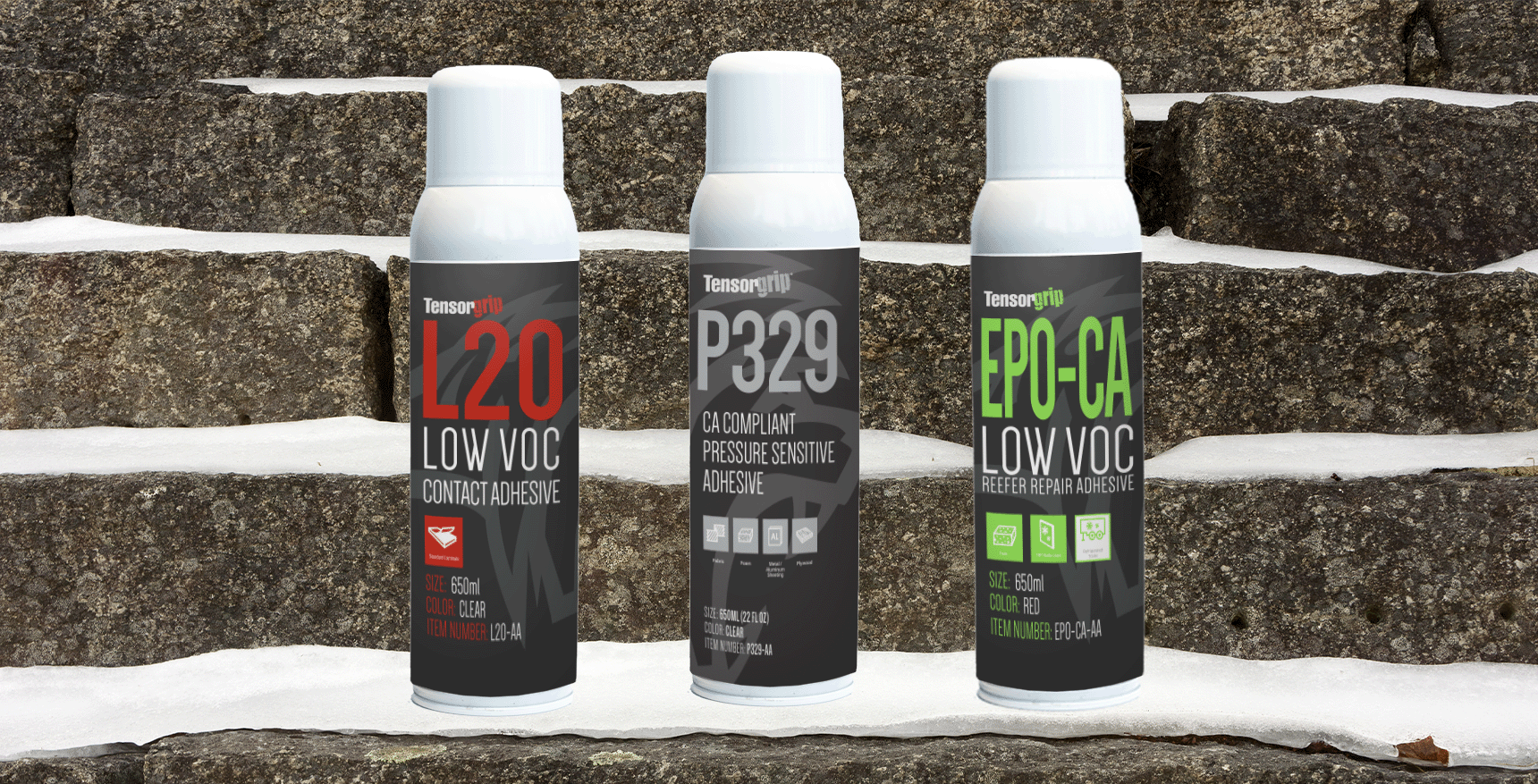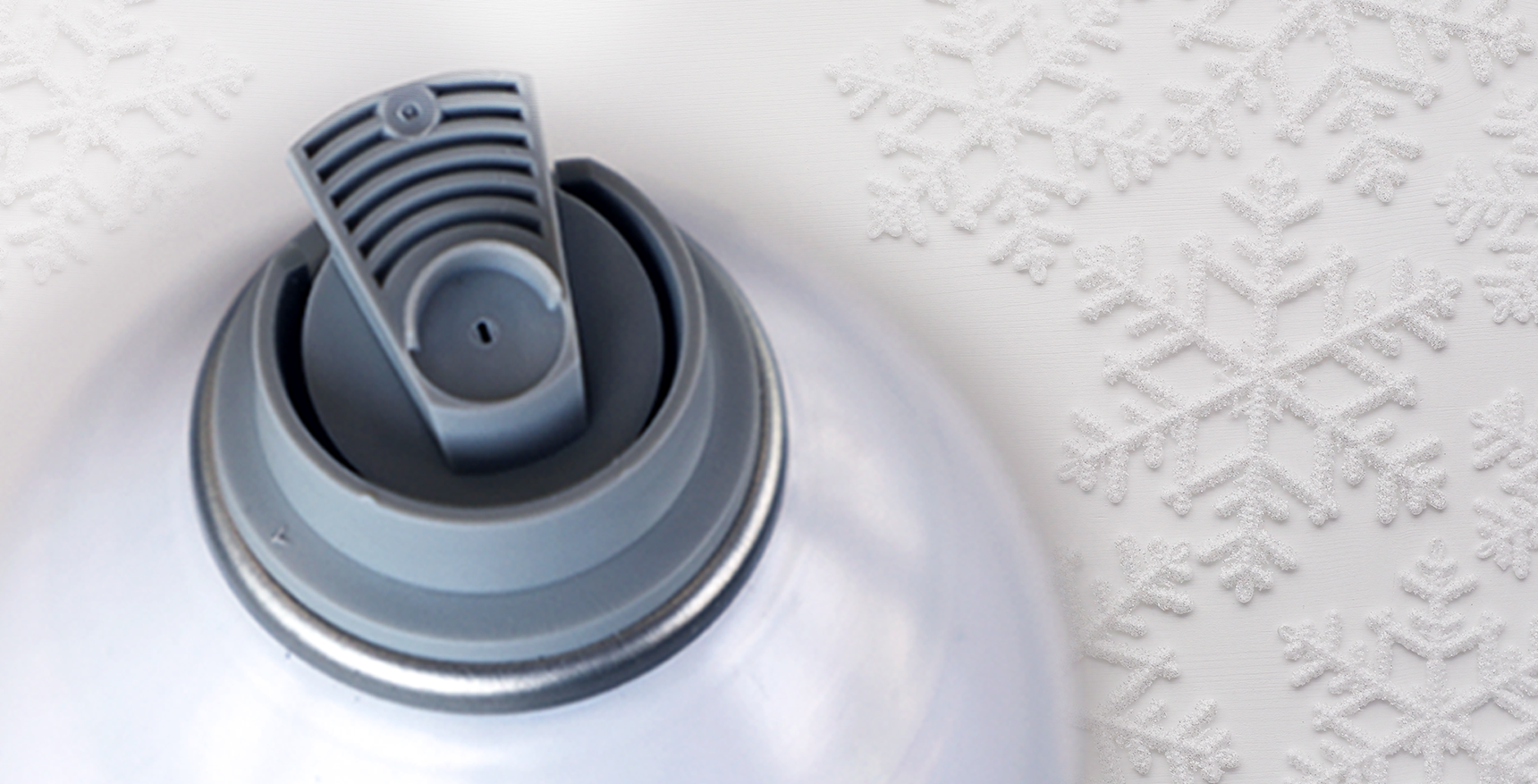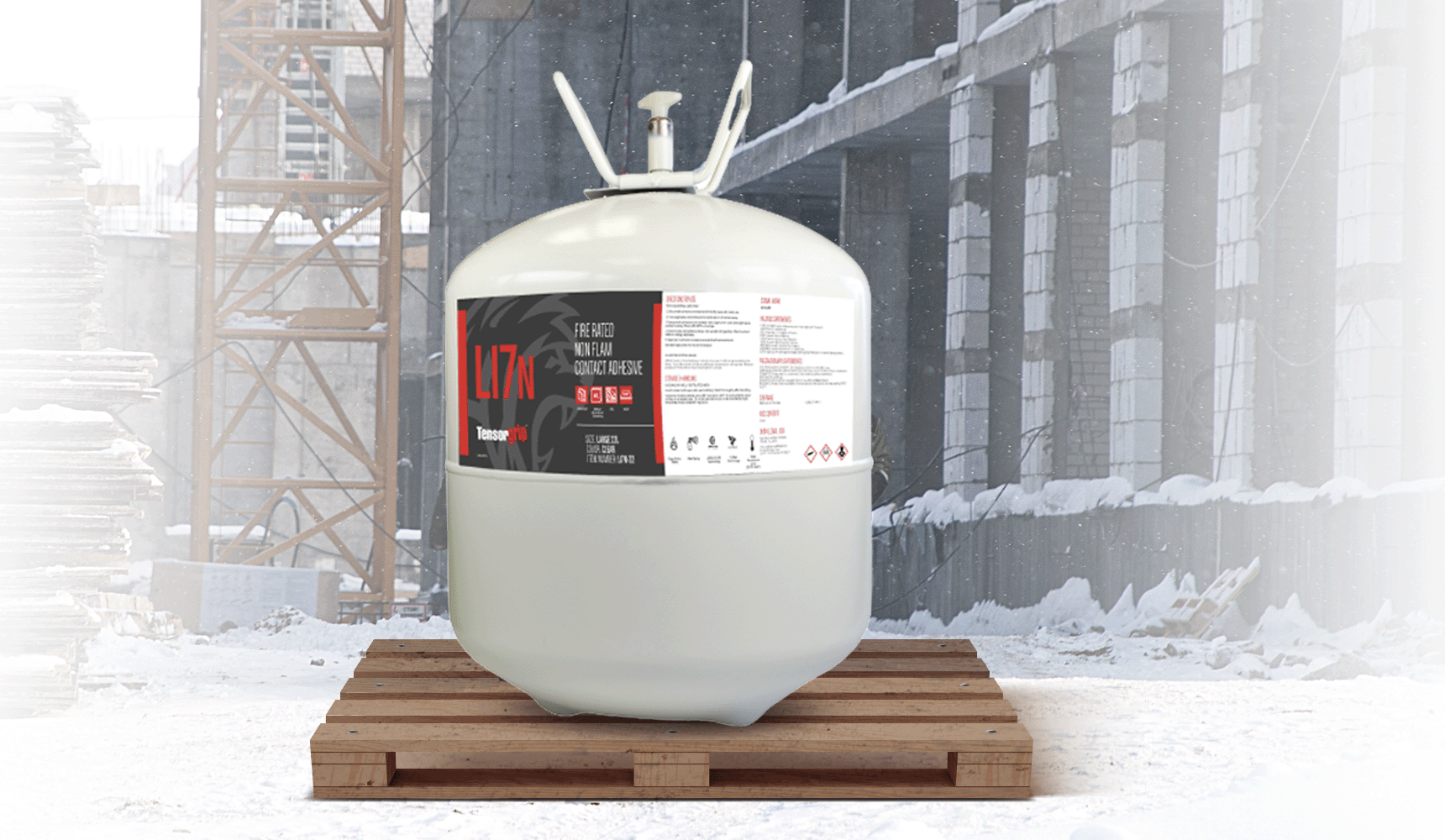As the temperature drops, you might not think twice about reaching for a jacket to keep yourself warm. But what about your adhesives? Just like people, adhesives don't always fare well in the cold. In fact, extreme changes in temperature can have a significant impact on an adhesive's performance and application effectiveness.
Let’s go over why you need to keep your adhesives from getting cold and how to avoid these issues. We’ll also explain how to identify when adhesives have dropped below their ideal temperature, and how to fix it.
What happens to adhesives in the cold?

Cold temperatures can potentially change the physical properties of adhesives. This often leads to issues like the adhesive not applying properly, or — once applied — not performing as well as it’s supposed to.
Let’s take a quick look at what happens to different types of adhesives in the cold:
- Spray adhesives will not spray consistently, have extended tack up times and moisture may form on the surface of the adhesive, causing a much lower quality of bond strength.
- Water-based adhesives often freeze, which reduces their performance, and frequently renders them unusable.
This is why you should pay close attention to the temperature around your adhesive, and take note of any signs that cooler temperatures are starting to impact your adhesive's performance.
How can you tell if an adhesive is being affected by the cold?
The main risk areas for cold adhesives are during shipment and storage. Some products that are permanently damaged by freezing have cold temperature indicators to help diagnose potential issues.
If the air temperature is below 60°F (15°C) watch for the following reactions when applying your adhesives:
- Spray adhesive canisters may spit or sputter, or supply an inconsistent spray pattern during application. You may also notice longer flash-off times or foaminess.
- Water-based adhesives, when they get cold, will have extended dry times, if they are still usable at all
Tips to avoid the damaging effects of cold temperatures
Thankfully, you have some options to keep your adhesives at an appropriate temperature to avoid damaging their performance:

- Canister blankets: use a heated canister blanket to keep the container at a safe and reasonable temperature.
- Elevated storage: Store your canisters off concrete floors, such as on a pallet racking or cart.
- Shipping times: schedule your deliveries to arrive at times when they can be quickly moved to a temperature-controlled storage area.
Steps to take to protect adhesives that have gotten cold
You can’t always protect a canister from the cold, but don’t worry: most adhesives are still fine to use once they’re restored to a higher temperature.
If you find your adhesive has dropped below its optimum temperature, you want to safely return it to its operating temperature in a gradual manner. Never place a canister next to a direct heat source, as overheated compressed gasses can be dangerously volatile.
|
Large [22L] or smaller canisters: |
Intermediate [108L] or larger canisters: |
|
Immerse the canister in warm water for about 15 minutes. Remove and gently agitate to bring the glue back into solution. |
Remove canisters from unheated concrete floors into an area where the air temperature is above 60°F (15°C) until they are at or above 60°F (15°C). To agitate the canister, lay it on its side and roll back and forth gently. |
Wrapping up
An excessively cold adhesive canister can lead to issues like wasted glue, inconsistent spray, and unreliable bonds, so you should keep your adhesives within their appropriate temperature range.
While an adhesive that gets cold won’t perform as well in the short run, don’t forget that you can restore its performance by warming it up gradually. However, you may not get the full shelf life from the adhesive once it’s gotten cold, so proper maintenance and storage are key.
To request a sample or more information on any of our products, please contact our team!
